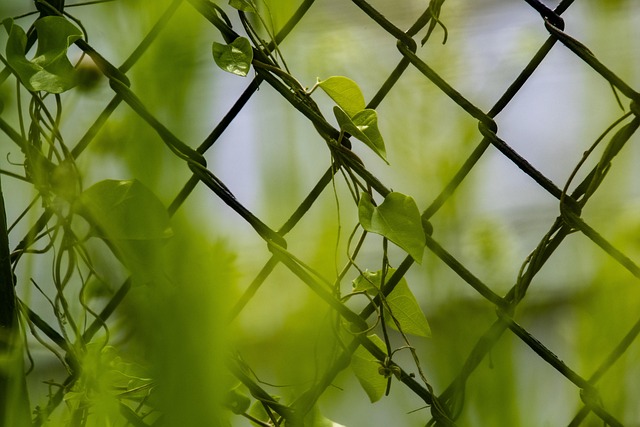Discover the power of kratom as a natural ally against inflammation. This ancient herb has gained popularity for its potential therapeutic benefits, especially in reducing chronic pain and swelling. In this comprehensive guide, we explore the science behind kratom’s anti-inflammatory properties and provide practical tips on how to store and preserve your supply effectively. Learn the secrets to maintaining the potency of kratom, ensuring you gain the maximum benefits from this natural remedy.
- Understanding Kratom and Its Anti-Inflammatory Properties
- The Role of Storage in Preserving Kratom's Efficacy
- Practical Tips for Storing and Preserving Your Kratom Supply
Understanding Kratom and Its Anti-Inflammatory Properties

Kratom, derived from the leaves of the Mitragyna speciosa tree, is a natural herb that has gained significant attention for its potential health benefits. Beyond its recreational uses, kratom is renowned for its anti-inflammatory properties, making it a promising treatment option for various inflammatory conditions. The herb contains potent bioactive compounds, including mitragynine and 7-hydroxymitragynine, which have been studied for their ability to reduce inflammation at the cellular level.
Understanding how to store and preserve kratom is crucial when exploring its therapeutic benefits. Proper storage ensures the integrity of the herb’s active compounds and maximizes its anti-inflammatory potential. Kratom should be kept in an airtight container, away from direct sunlight and moisture. It’s recommended to store it in a cool, dark place, such as a pantry or cabinet, to maintain its potency. Additionally, considering different forms like powdered extracts or capsules can offer more control over dosage and convenience for those looking to incorporate kratom into their wellness routine effectively.
The Role of Storage in Preserving Kratom's Efficacy

Proper storage plays a pivotal role in preserving the efficacy and potency of kratom, a natural herb renowned for its anti-inflammatory properties. To maintain its effectiveness, kratom should be kept in an airtight container, stored in a cool, dry place away from direct sunlight. This meticulous approach ensures that the delicate chemical compounds within kratom remain intact, enhancing its ability to alleviate inflammation when consumed.
When considering how to store and preserve kratom, it’s essential to avoid exposing it to moisture, as this can lead to degradation. Many experts recommend using glass containers with hermetic seals, which not only protect against humidity but also prevent light penetration, thereby slowing down the herb’s oxidation process. By following these simple yet effective storage guidelines, users can optimize the benefits of kratom for reducing inflammation and maintain its quality over time.
Practical Tips for Storing and Preserving Your Kratom Supply

Maintaining a reliable supply of kratom involves proper storage and preservation techniques to safeguard its potency and quality. Start by storing your kratom in an airtight container, preferably made from glass or metal, to prevent moisture absorption. Keep it in a cool, dry place away from direct sunlight, heat sources, and humidity, as these elements can accelerate degradation. A dark, climate-controlled pantry or cabinet is ideal. Divide larger quantities into smaller batches for easier management; this ensures freshness and allows you to use up the supply before any potential loss occurs.
When preparing kratom for long-term storage, consider using airtight ziplock bags or vacuum sealers to eliminate oxygen exposure, which can lead to oxidation. Label each container with its content and date of packaging to keep track of stock levels and identify older batches that may need to be used first. Regularly inspect your stored kratom for any signs of spoilage, such as a musty odor or mold, discarding any contaminated portions immediately to maintain the integrity of the remaining supply.














